General Info – summary
This ecologically useful Tree is up to 8m high with smooth pale brown bark. The simple, glossy, entire Leaves are decussate. Stipules are reduced to ridges between petioles. The cymose inflorescence has small white bisexual, regular Flowers with 5 stamens, a superior ovary and a style with an oblong stigma. Many seeds develop in the large woody almost spherical Fruit (a berry) containing seeds imbedded in pulp.
Description
Strychnos madagascariensis
Previous Names: Strychnos bakanko, Strychnos behrensiana, Strychnos burtonii, Strychnos innocua subsp. dysophylla, Strychnos dysophylla subsp. engleri, Strychnos engleri, Strychnos innocua subsp. burtonii. Strychnos innocua var. glabra, Strychnos innocua subsp. dysophylla. Strychnos innocua subsp.gerrardii, Strychnos innocua, Strychnos leiocarpa, Strychnos melonicarpa, Strychnos pachyphylla, Strychnos polyphylla, Strychnos quaqua, Strychnos randiaeformis, Strychnos stenoneura, Strychnos unguacha var. dysophylla, Strychnos unguacha. var. micrantha, Strychnos wakefieldii.
SA Tree No. 626.
Common names: (Afr) Botterklapper, Klapper, Swartklapper. (Eng) Black Monkey Orange, Spineless Monkey orange, Wild Orange. (IsiNdebele) Umwawa. (isiXhosa) Umgulugula. (isiZulu) Umgulukuza, Umkwakwa, Umnconjwa. (Northern Sotho) Morapa, Mookwane. (Setswana) Ankwakwa. (siSwati) Umhlala, Umkhwakhwa, Ihlala. (Tshivenda) Mukwakwa.
Family: Loganiaceae. This family of flowering plants includes 16 genera at the moment (2023). Most of these plants are tropical and include trees, shrubs and vines. Leaves are simple and opposite. Members of the family bear leaf-like appendages at the base of the leafstalks and have terminal flower clusters. Flowers are in cymes or panicles and fruit is a capsule or berry. Many family members contain alkaloids and are extremely poisonous. This family may be further sub-divided in future. Local tree genera on this site include Strychnos.
Name derivation: Strychnos – deadly – many species contain poisonous alkaloids. However, none of the South African species are as deadly as the South American species. The species name madagascariensis – from Madagascar. An almost perfectly preserved fossil of Strychnos electri was discovered in amber. It has been dated to about 22 million years old. This is one of the older angiosperms (flowering plants) ever found.
Conservation: National Status: L C. (least concern). Assessed: 2005 (W. Foden & L. Potter).
Tree
This Tree with its densely branched, spreading Crown (photo 913), is up to 8m high (photo 1208). It usually has a single Trunk but may also be a multi-stemmed shrub. The Bark is pale grey (photo 796) and smooth with white patches, which darken and may become rough with age (photo 360). The thick dense, spreading Branchlets are hard, knobbly and unarmed. The plant is spineless but short lateral shoots may be rigid and resemble spines (photo 936 under leaves).
- 913. 2014/10/14. Walter Sisulu NBG. Photo: David Becking.
- 1208. 2016/10/18. Pretoria NBG. Photo: David Becking.
- 796. 2014/09/16. Lowveld NBG. Photo: David Becking.
- 360. 2014/10/28. Walter Sisulu NBG. Photo: David Becking.
Leaves
This deciduous or semi deciduous plant has Leaves that are oblong, elliptic, rounded (photo 939) or obovate (upside down egg-shaped – photo 804). They that are simple (have a single blade which may have incisions that are not deep enough to divide the blade into leaflets). They are glossy, bluish or greenish yellow above, lighter below and up to 10 x 72cm. Veins and possibly leaves are hairy – especially below. The leaves are decussate (opposite pairs of leaves have successive pairs at right angles to each other i.e. rotated 90 degrees, or close to it, along the stem when viewed from above – photo 938). The opposite pairs of leaves may also be clustered on lateral branches and at the ends of short thick twigs (1-year-old current branch segments). The Apex is rounded to attenuate (showing a long gradual taper) and may end in a sharp point (photo 938). The Base tapers and has 3-5 veins at, or close to, the base (photo 804). Upper base pairs of Veins may emerge and run parallel to the margin towards the apex (photo 804). Leaves may be hairy, slightly shiny (photo 936) and are thick and leathery. The Margin is usually entire (with a continuous margin, not in any way indented – photo 936) but may be minutely scalloped. Here a fringe of hairs may be present. Occasionally small, rounded teeth are present. The hairy or smooth and thick Petiole (leaf stalk) is short – up to 6mm long (photo 939). Stipules (basal appendages of the petiole) are present but reduced to a ridge between petioles (photo 938E).
- 938. 2014/08/05. Walter Sisulu NBG. Photo: David Becking.
- 936. 2014/08/05. Walter Sisulu NBG. Photo: David Becking.
- 804. 2014/09/16. Lowveld NBG. Photo: David Becking.
- 938E. 2014/08/05. Walter Sisulu NBG. Photo: David Becking.
- 939. 2014/08/05. Walter Sisulu NBG. Photo: David Becking.
Flowers
The small, greenish yellow to white Flowers are clustered in leaf axils or on the old wood. They are, trumpet-like with a whitish fringe of hairs in the throat and rest on short pedicels (stalks of single flowers). The inflorescence is Cymose (a broad, more or less flat-topped, determinate flower cluster, with central flowers opening first – photo 661). Flowers are bisexual and actinomorphic (Regular, symmetrical. Flowers are vertically divisible into similar halves by more than 1 plane passing through the axis). The 4 or 5 lobed Calyx has lobes that are broad, linear and longer than the tube (photo 666). The interior of this tube is hairless. The Corolla has united Petals at the base. Here the Corolla has 4 or 5 lobes which meet by the edge but do not overlap (photo 666).
There are 5 Stamens (male reproductive parts of a flower) present which are attached to the petals and alternate with them. The Filaments are short and end with a basifixed Anthers (where the pollen grains are formed). The Thecae (pollen sacs) are distinct with longitudinal slits. The Pistil (a unit of the Gynoecium, the female element of the flower, composed of the Ovary, Style and Stigma) is solitary and contains a superior Ovary (hypogynous – one that is free from the calyx or perianth) with a number of ovules. The Style is straight and ends in an oblong Stigma (the part of the pistil that receives the pollen). Flowers may appear after heavy rains. (Oct-Dec).
- 661. 2014/11/18. Walter Sisulu NBG. Photo: David Becking.
- 666. 2014/11/18. Walter Sisulu NBG. Photo: David Becking.
Fruit
This Fruit is an almost spherical Berry (pulpy, indehiscent fruit like a grape or tomato – photo 379). It is large, has a smooth, thick, very hard woody shell and a diameter of 8 to 10cm. This berry is green for most of the year, turning yellowish orange when mature. Supporting the ripening fruit is a now stout Pedicel (originally a stalk of a single flower – photo 868). The inner skin has high concentration of Oleic acid (odourless, colourless fatty acid found in olive oil, pecan oil, peanut oil, chicken and turkey fat). Inside the shell is a fleshy covering containing citric acid (vitamin C) which surrounds the 5 to 50, tightly packed, possibly poisonous Seeds. The initially white seeds (photo 379) are bright orange to nearly white when ripe. The seeds are embedded in an orange juicy pulp, which is yellowish and slimy (photo 379). Seeds increase in size and become tightly packed. The fruit is edible but not very tasty. Fire dried fruit tastes slightly sweeter. A local informed me, that the fruit is best left until it falls before being consumed. The Cotyledons (primary leaves in the embryo) are thin and white. (Feb-Nov).
- 868. 2015/01/20. Walter Sisulu NBG. Photo: David Becking.
- 379 2015/02/24. Walter Sisulu NBG. Photo: David Becking.
Distribution & Ecology
These Plants occur in open deciduous woodland, riverine fringes, rocky koppies (koppie is a small, natural, often rocky and slightly isolated, natural hill slightly above the flattish African veld), in bushveld and coastal bush. Altitude range is below 1 500m. This altitude limit is probably because the tree is frost sensitive. Location in South Africa: coastal areas in KwaZulu-Natal, as well as North West, Gauteng, Mpumalanga and Limpopo. This tree is also found in tropical Africa in Mozambique, Zimbabwe, Botswana, Tanzania, Malawi, Swaziland (and Madagascar). The tree has a medium growth rate. Many animals including baboons, bushbabies, bushpigs, porcupines, eland, elephants, giraffe, monkeys, sable as well as Crested Guineafowl and Bulbuls consume the Fruit, which is normally too hard for many birds to penetrate. Herbivores graze the Leaves.
Ethnobotany
The pale Wood is mainly used for fuel. Dried Shells are used to make Musical instruments. Domestic stock browse the Leaves. The plant is harvested from the wild for local use in times of need as food and medicine. Local markets sell the Fruit. The edible Pulp is removed, crushed dried and mixed with honey. In this state, it can be stored for at least 3 years. The Seeds are sold in local markets. Drumsticks can be made from the Roots. These frost sensitive plants can be grown from seeds that are reasonably fast growing. This tree is the principal sleeping site in Madagascar of two species of northern sportive lemurs, Lepilemur ankaranensis and L. milanoii. Here the effect of forest destruction is a cause for concern.
References
Boon, R. 2010. Pooley’s Trees of eastern South Africa. Flora and Fauna Publications Trust, Durban.
Burrows, J.E., Burrows, S.M., Lotter, M.C. & Schmidt, E. 2018. Trees and Shrubs Mozambique. Publishing Print Matters (Pty) Ltd. Noordhoek, Cape Town.
Coates Palgrave, M. 2002. Keith Coates Palgrave Trees of Southern Africa, edn 3. Struik, Cape Town.
Foden, W. & Potter, L. 2005. Strychnos madagascariensis Poir. National Assessment: Red List of South African Plants version 2020.1. Accessed on 2024/01/28.
Lawrence, G. H. M, 1951. Taxonomy of Vascular Plants. The Macmillan Company, New York. Tenth Printing 1965.
Palmer, E. & Pitman, N. 1972. Trees of southern Africa. Balkema, Amsterdam, Cape Town.
Schmidt, S. Lotter, M. & McCleland, W. 2002. Trees and Shrubs of Mpumalanga and the Kruger National Park. Jacana, Johannesburg.
van Wyk, B. & van Wyk, P. 1997 Field guide to Trees of Southern Africa. Struik, Cape Town.
http://www.plantzafrica.com/plantqrs/strychnosmad.htm
https://en.wikipedia.org/wiki/Strychnos_madagascariensis
http://www.zimbabweflora.co.zw/speciesdata/species.php?species_id=144380
http://tropical.theferns.info/viewtropical.php?id=Strychnos+madagascariensis
https://www.ispotnature.org/node/610504
http://www.operationwildflower.org.za/index.php/plant-records/trees/179-strychnos-madagascariensis
http://www.ville-ge.ch/musinfo/bd/cjb/africa/details.php?langue=an&id=94689
http://www.ajol.info/index.php/mcd/article/view/122213
https://en.wikipedia.org/wiki/Oleic_acid
http://posa.sanbi.org/flora/browse.php?src=SP
https://www.britannica.com/plant/Loganiaceae
https://science.howstuffworks.com/life/botany/10-plants-lost-to-history1.htm

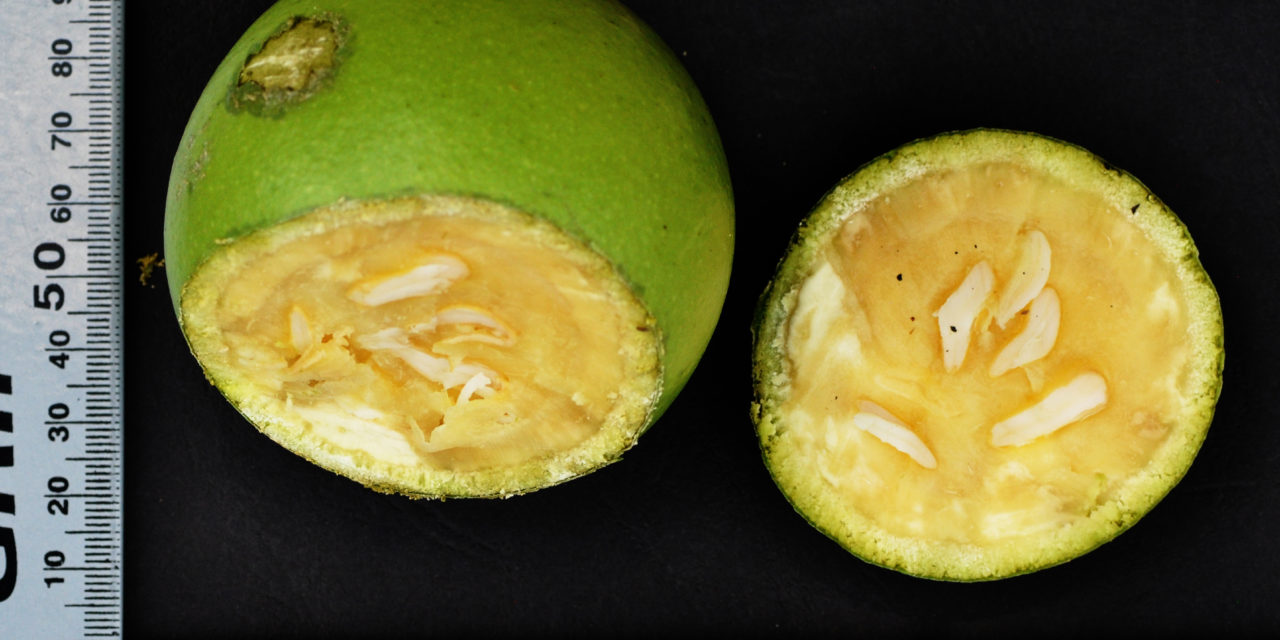
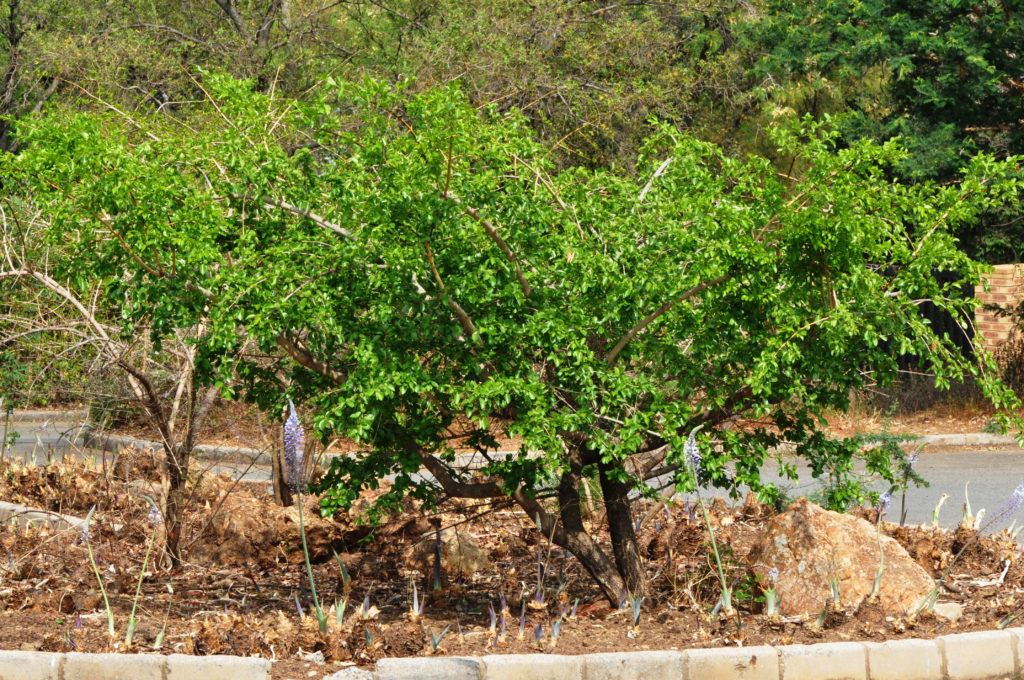
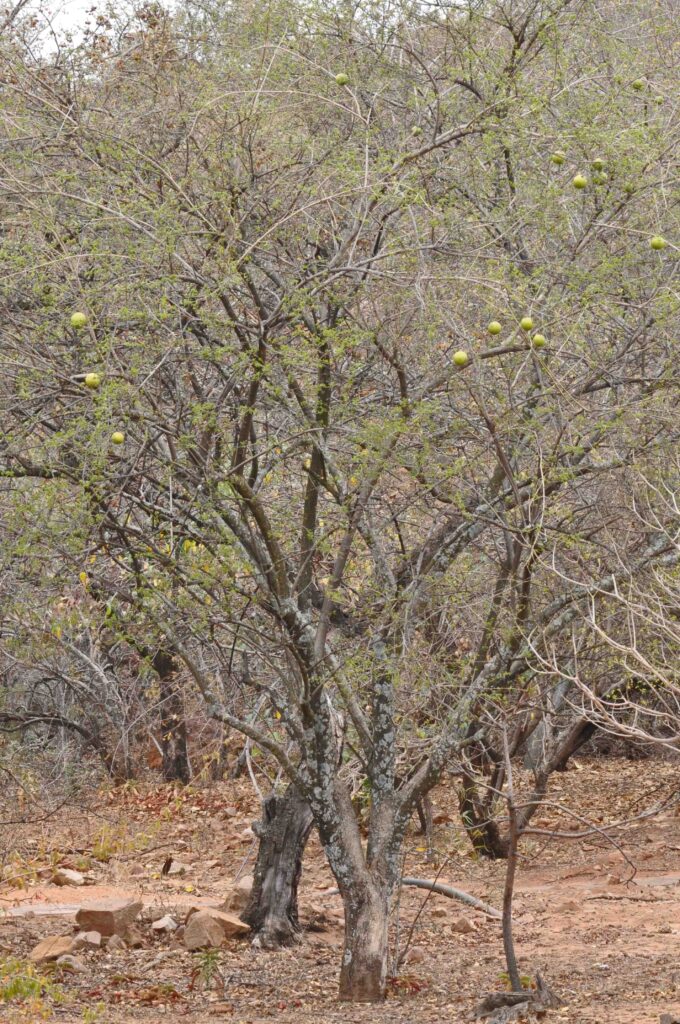
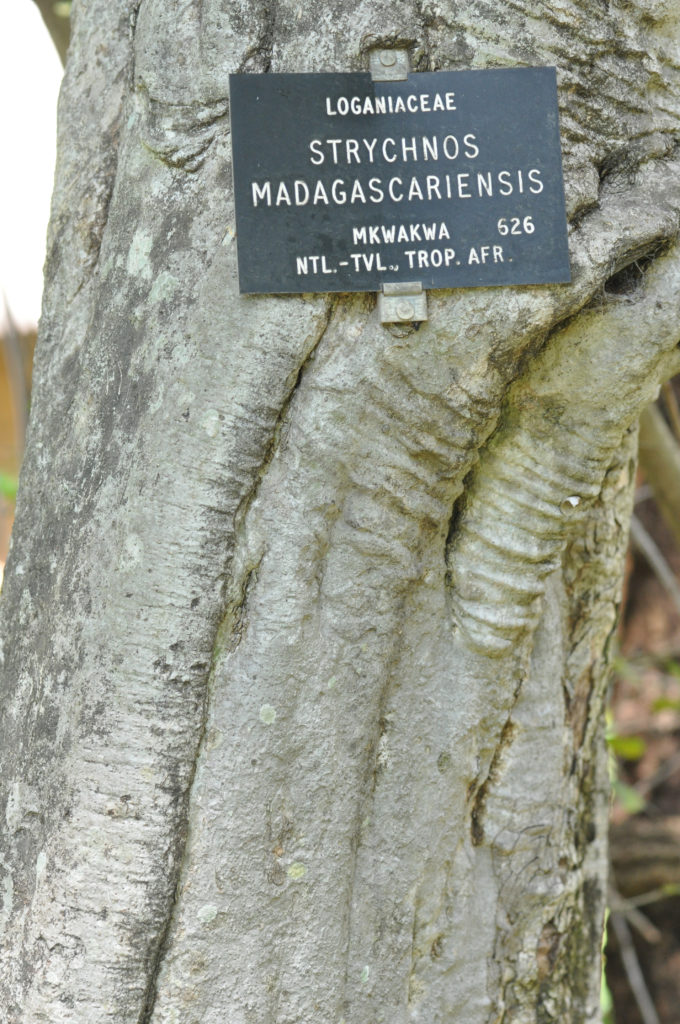
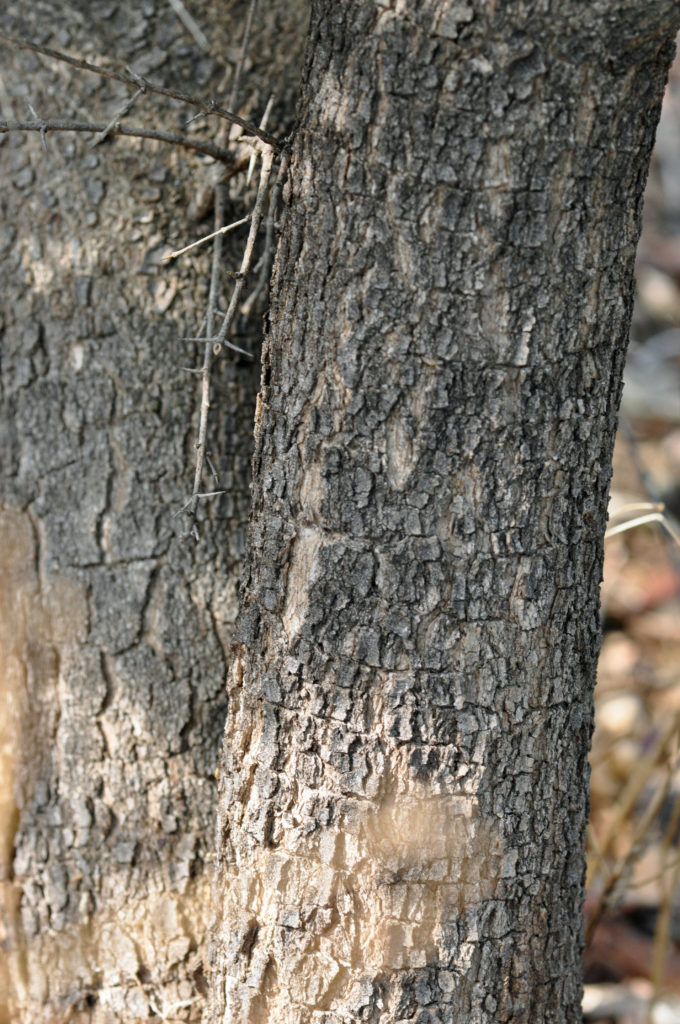
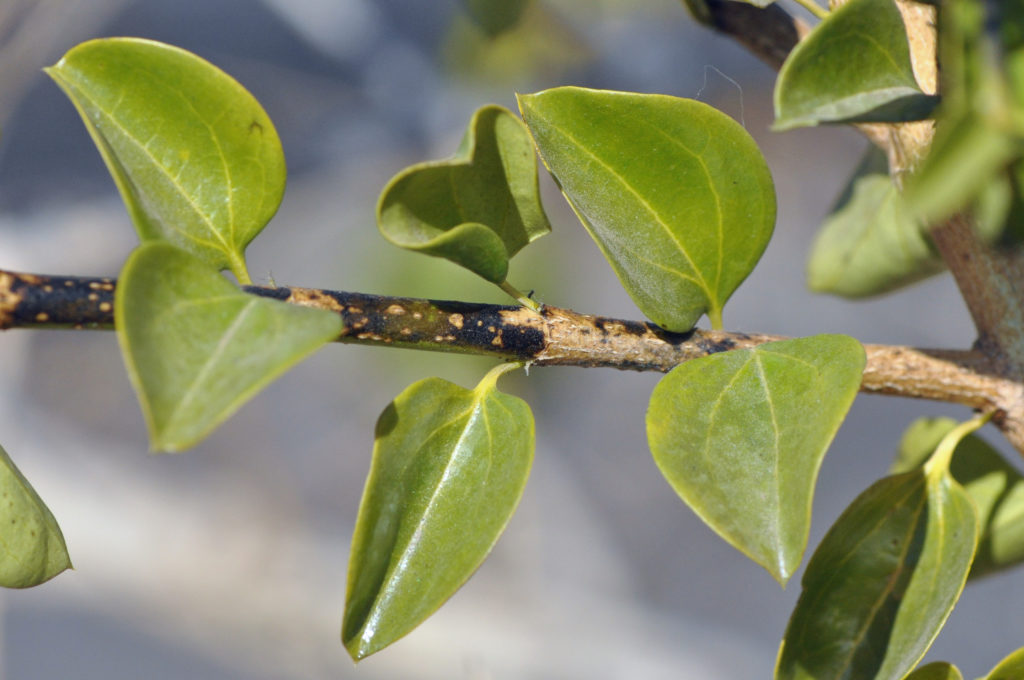
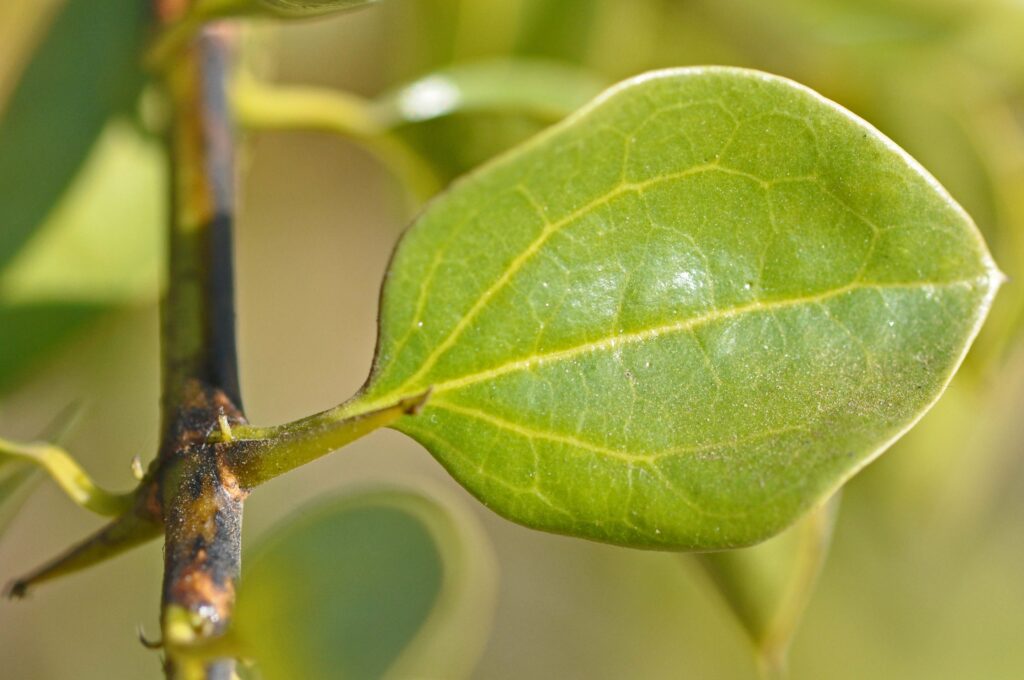
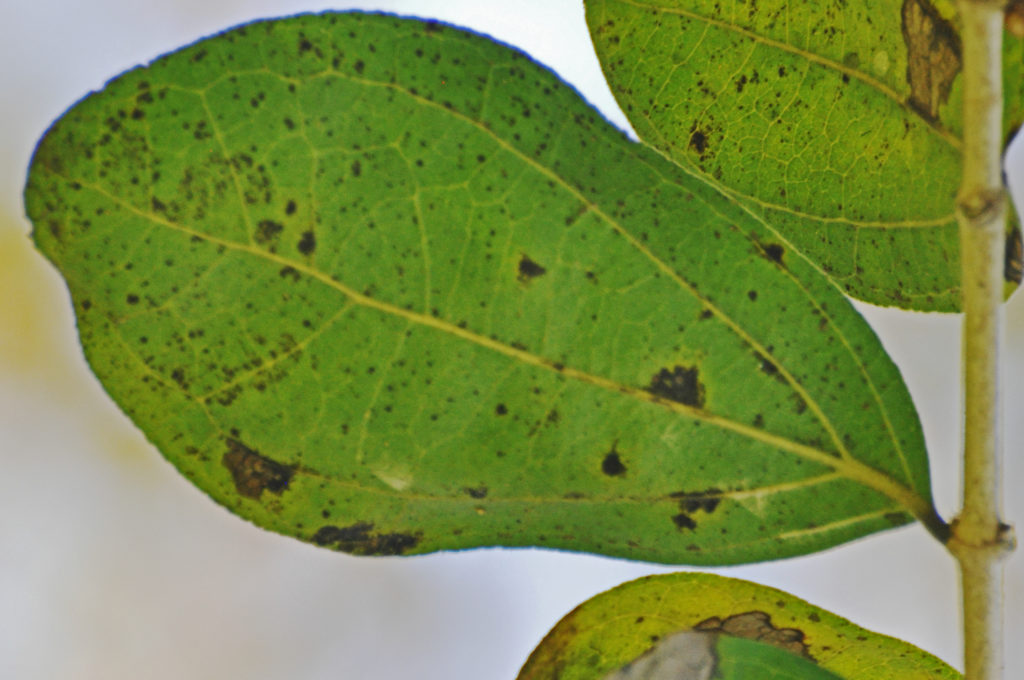

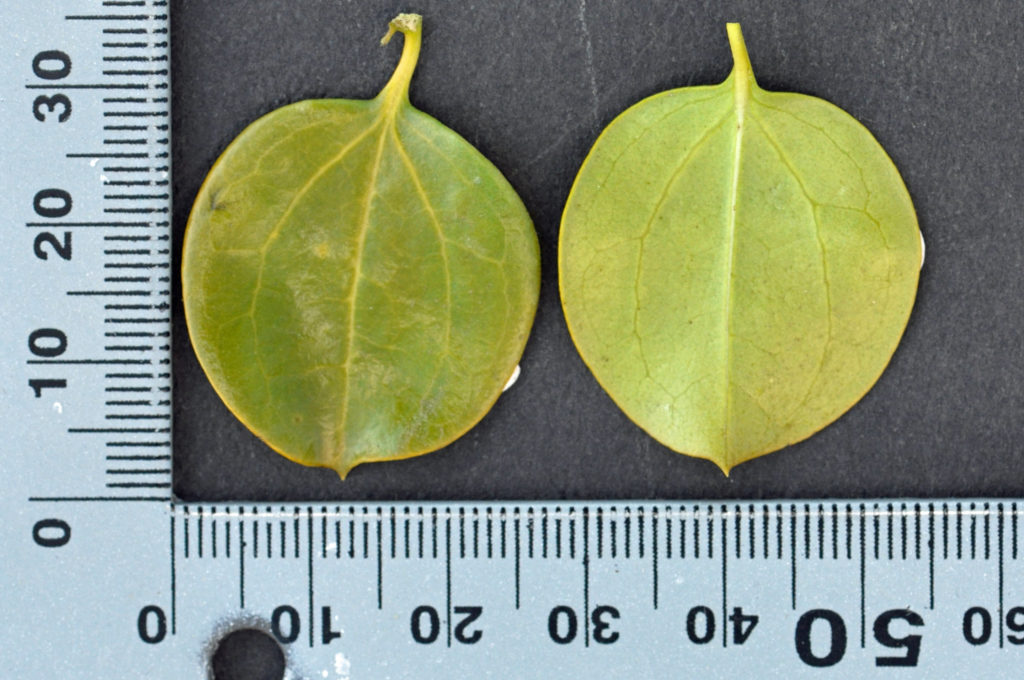
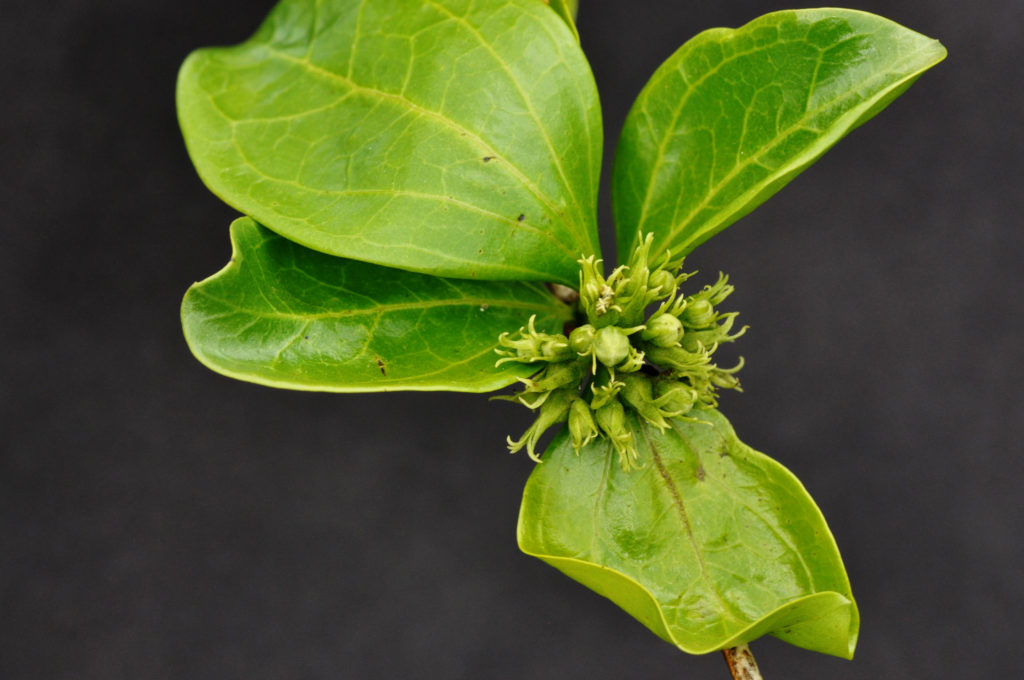
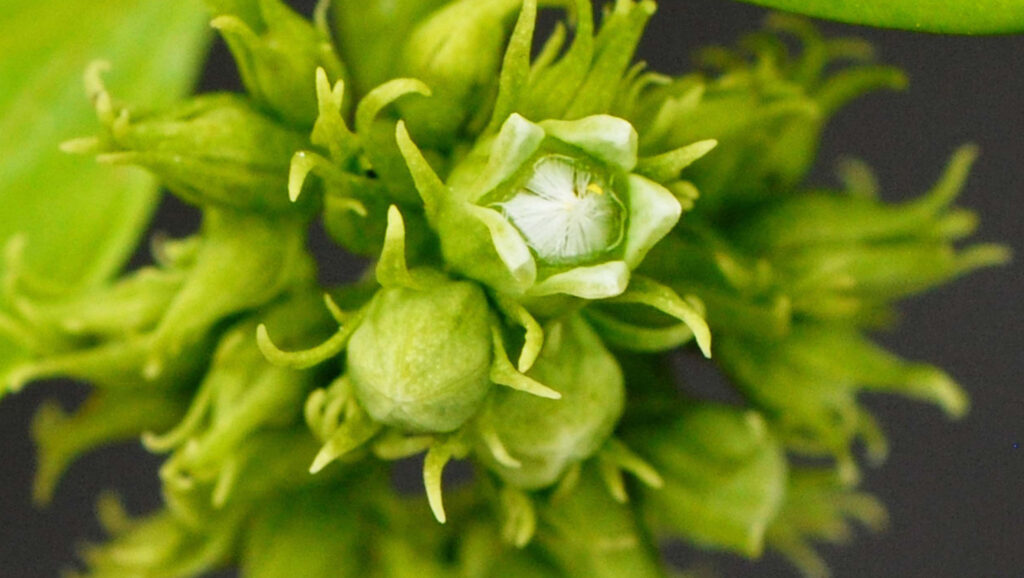
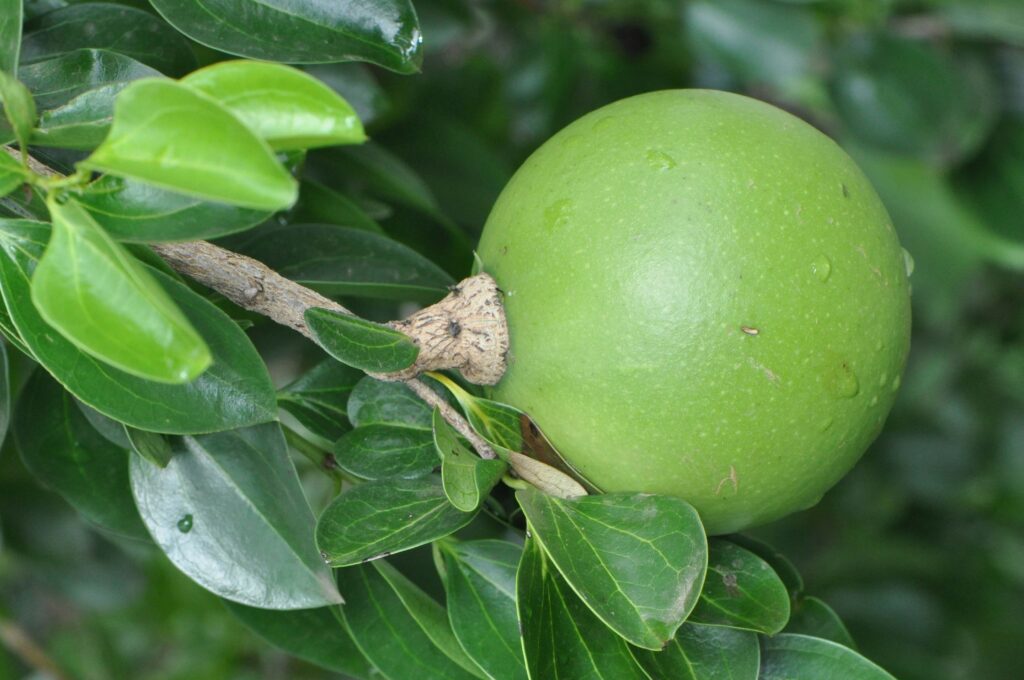
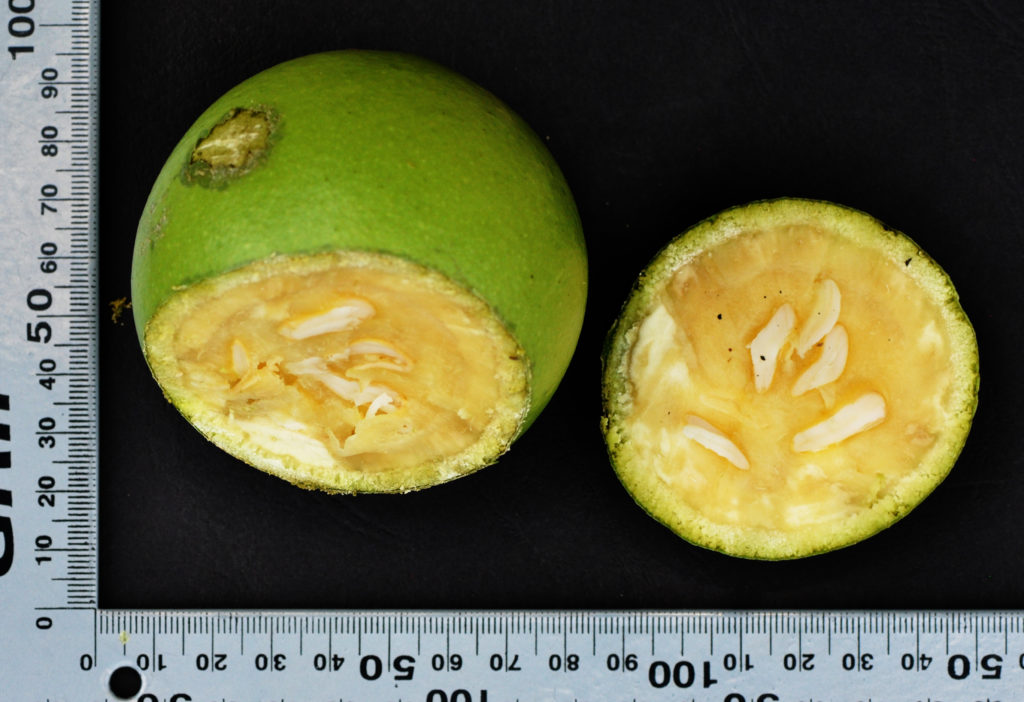
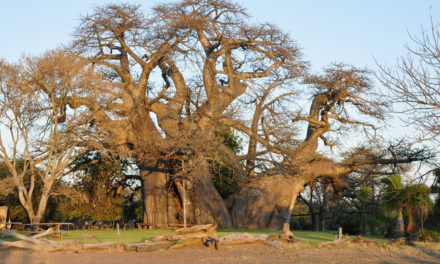
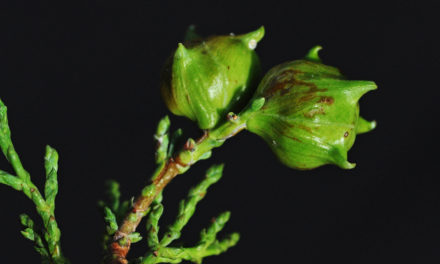
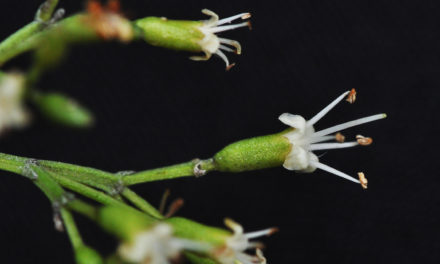

Interesting! Thank you.
Take care!
David Becking